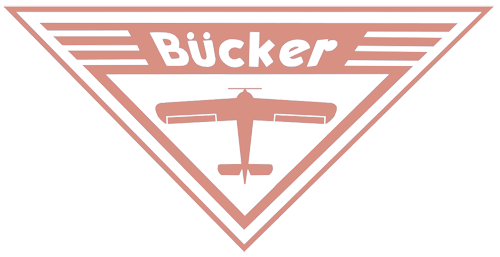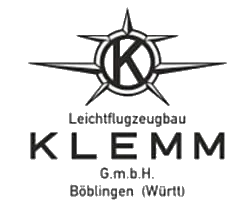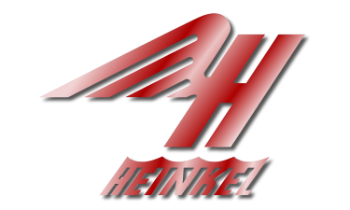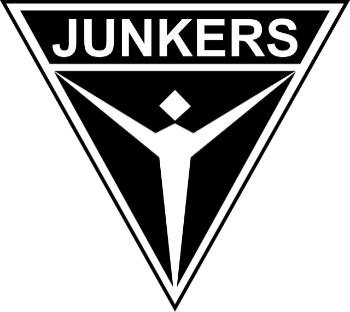Boeing Defence
Boeing E-767 AEW&C
|
|||||||||||||||||||||||||
|
|
.
History Boeing Defence
Boeing E-767 AEW&C
Introduction date 10 May 2000

The Boeing E-767 is an Airborne Warning and Control System (AWACS) aircraft that was designed in response to the Japan Air Self-Defense Force's requirements. It is essentially the Boeing E-3 Sentry's surveillance radar and air control system installed on a Boeing 767-200.
Design

The base airframe for E-767 is that of a 767-200ER, Boeing designation 767-27C. (The "7C" designation is the Boeing customer code for the JASDF). The 767 airframe offers about 50 percent more floor space and nearly twice the volume of the 707 on which the E-3 is based.[4] The mission electronics equipment are installed in forward cabin to balance the weight with the rotodome mounted above the aft fuselage. The aft cabin contains the crew's rest area, galley, and lavatory.
Japan
Operators
0
KmCeiling
0
KmCombat RANGE
0
machAircraft Speed
0
Max Crew
Photo Gallery
Boeing Defence
Boeing E-767 AEW&C
Introduction date 10 May 2000


Boeing Defence
Boeing E-767 AEW&C
Introduction date 10 May 2000
General Info
-
-
- Crew: Flight: 2; Mission: 8-10
- Length: 159 ft 2 in (48.5 m)
- Wingspan: 156 ft 1 in (47.6 m)
- Height: 52 ft 0 in (15.8 m)
-
Powerplant
-
-
- Empty weight: (85,595 kg)
- Gross weight: (128,870 kg)
- Max takeoff weight: (175,000 kg)
- Powerplant: 2 × General Electric CF6-80C2 turbofan, 61,500 lbf (274 kN) thrust each
-
-
-
-
-
Performance
- Maximum speed: Mach 0.86
- Cruise speed: (530 mph, 851 km/h)
- Range: (6,440 mi, 10,370 km)
- Service ceiling: 40,100 ft (12,200 m)
- Endurance: 9.25 hours on station at 1,000 nautical-mile radius; 13 hours at 300-nautical mile radius (no aerial refueling capability).
.
Links to Youtube & Others
The aircraft had several airworthiness issues early in its service history. Airworthiness directives (ADs) were issued for nose gear cracks and various problems with the TPE331 engine.
Boeing Defence
Boeing E-767 AEW&C
Japan's initial intentions to develop the aircraft domestically built upon Japan's previous
Youtube Link
The first significant change to the airframe came with the stretched MU-2G, first flying 10 January 1969, which featured a 1.91 m (6 ft 3 in) longer fuselage than earlier models;















